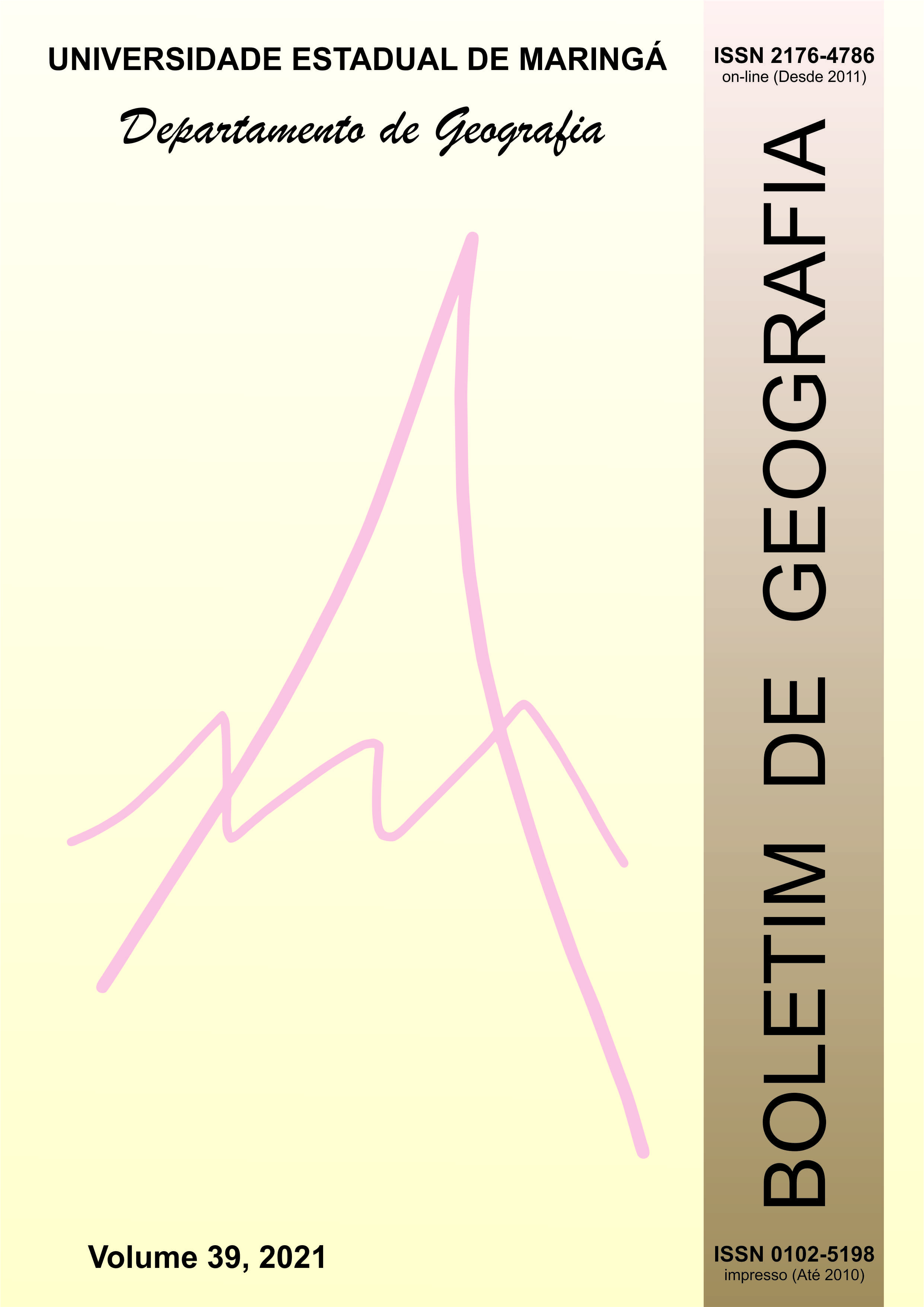Qualitative analysis of geophysical anomalies and seismicity in Mexico: An integrated mapping by GMT
Resumo
Geophysical data from open sources are widely used as support of integrated analysis in regional geologic studies in seismically active areas, such as Mexico. High seismicity with repetitive earthquakes occurs in areas of the subduction zones formed during the tectonic evolution and correlates with geophysical anomalous fields. This paper investigates the correspondence between the geophysical, topographic and seismic setting of Mexico using Generic Mapping Tools (GMT) scripting toolset for data processing. The approach for automated mapping using GMT console and shell scripts is presented as an advanced cartographic method aimed to get insights into in the geology and geophysics of Mexico. The data were obtained from open source high-resolution datasets: GEBCO, EGM-2008, satellite-derived gravity, EMAG2 magnetic anomaly and IRIS seismic database. The correspondence between the geological and geophysical data of Mexico has been verified through the comparison between the thematic maps, regional distribution of gravity anomalies and locations of earthquakes. Seven new maps are performed on geologic, geophysical, topographic and seismic data. Seismic mapping is presented for the period of 2007-2021 demonstrating events with magnitude from 1.5 to 7.2. The impact of tectonic processes that formed Middle American Trench and active Trans-Mexican Volcanic Belt on high regional seismicity with intensive earthquakes is explored. The study finds that GMT is an effective tool for high-quality mapping and cartographic analysis. The IRIS data can be used for geologic analysis of Mexico.
Downloads
Copyright (c) 2021 Boletim de Geografia

This work is licensed under a Creative Commons Attribution 4.0 International License.
O Boletim de Geografia está licenciado através da Creative Commons Atribuição 4.0 Internacional (CC BY 4.0).
Autores que realizam submissões ao Boletim de Geografia concordam com os sequintes termos:
- Autores retêm todos os direitos autorais e concedem à Revista direitos exclusivos da primeira publicação, com o artigo licenciado sob os termos da Creative Commons Atribuição 4.0 Internacional (CC BY 4.0).
- Após a publicação, fica permitido ao autor a republicação em qualquer outros meios de divulgação, desde que mencionada a fonte original.












